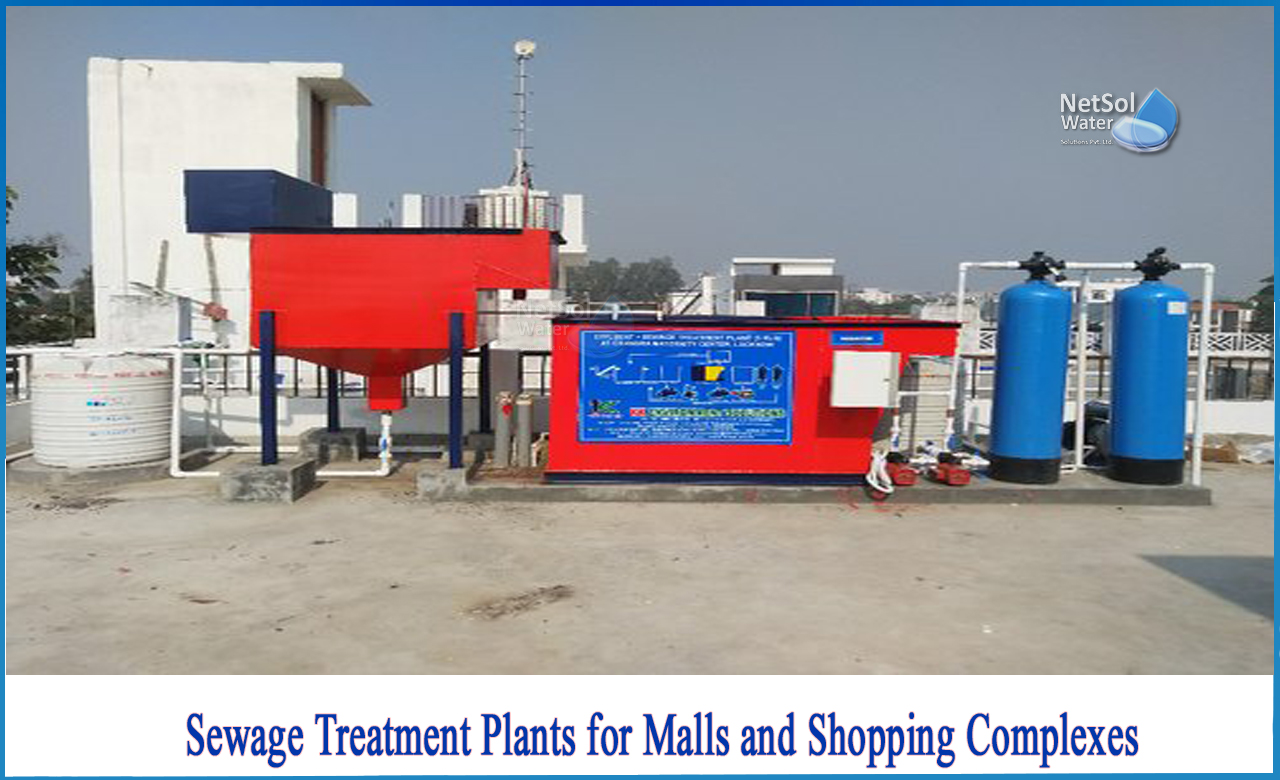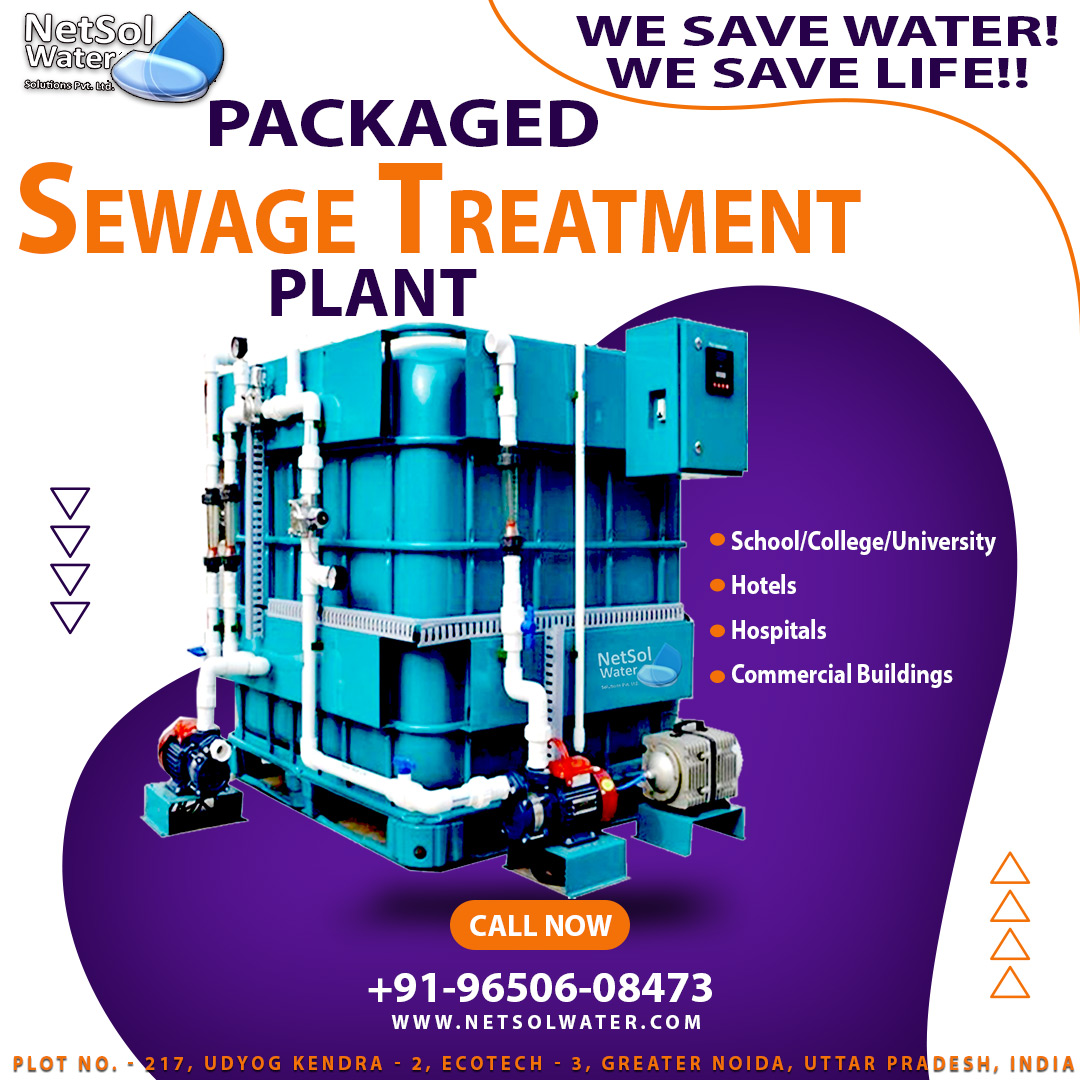What is STP in mall and shopping complex?
These days, sewage generation from huge measured shopping centres has increased tremendously. Thus, the sewage must be treated and arranged off to dodge water and soil contaminated matter. Effect of wastewater created from shopping centres on the environment is expanding day by day. Subsequently, it is essential to implant sewage treatment plant in shopping centres which produce more prominent volume of wastewater.
What is a sewage treatment plant?
Sewage treatment is the framework of removing toxic substances from wastewater or it is the wastewater treatment in an appropriate way to remove water pollutants and making water reasonable for reusing. Sewage treatment at shopping centres is nice for the legitimate working of mall framework as wastewater is not at all acceptable for reusing but after treatment, it is okay to utilize that water once more in other tasks.
A sewage treatment plant is outlined to treat and handle raw sewage by taking different steps which include breaking, sifting, settling, controlled aerobic decay and chemical treatment.
Different levels of sewage treatment:

1. Primary treatment-
(a) Pre-treated wastewater runs into sedimentation tank or essential clarifiers which then uses chemicals like flocculants and coagulants.
(b) In order to empower the sedimentation process, the stream of wastewater is slowed down and thus heavier suspended solids settle at the foot of the tank and lighter particles comes up to the surface and are skimmed off.
(c)The settled solids is called as primary sludge which is treated afterward and the remaining fluid is then subjected to another level of treatment.
(d) Essential treatment of sewage/wastewater expels around 60-65% of suspended solids.
2. Biological treatment-
(a) It includes both aerobic and anaerobic organic treatment where “activated sludge process” or any other biological process is used as the foremost common method to diminish natural material.
(b) Waste water runs down from primary tank and then enters into air circulation tank to which air is provided to extend the development of microorganisms like microscopic organisms which breaks down natural matter.
(c) Now aerated wastewater (solids + microorganisms) enter into secondary clarifiers in which heavier solids settle to the foot of the clarifiers which is called as a secondary sludge.
(d) A part of the sludge will be diverted to air circulation tank for further processing and remaining mixes with primary sludge for sludge digestion and after that is either removed or reused.
(e) In this stage about 80-85% of organic matter are removed.
3. Advanced treatment-
(a) This is the final step of treatment in most of the Sewage Treatment Plants (STP).
(b) The predominant goal of this treatment stage is to produce better high-quality effluent which were not received in previous stages of treatment.
(c) Depending on the type of the effluent, various physical, chemical or biological techniques are used to take away left over suspended and undissolved solids.
(d) It involves disinfection system to do away with residual microorganisms from wastewater before its discharge or reuse.
(e) Disinfection is finished with the aid of the usage of disinfectants like chlorine, ozone, UV light.
Malls, shopping complexes or any commercial building requires a sewage treatment plant as there is a crowd of people that uses washrooms, or kitchens or food courts and generate a huge amount of waste water or sewage water. Thus, the waste water needs to be treated properly before disposing of and it has to be done as per Environmental regulations.
We at Netsol Water design, manufacture and install STP’s and WTP’s of various sizes and capacities.
We are just a call away!




